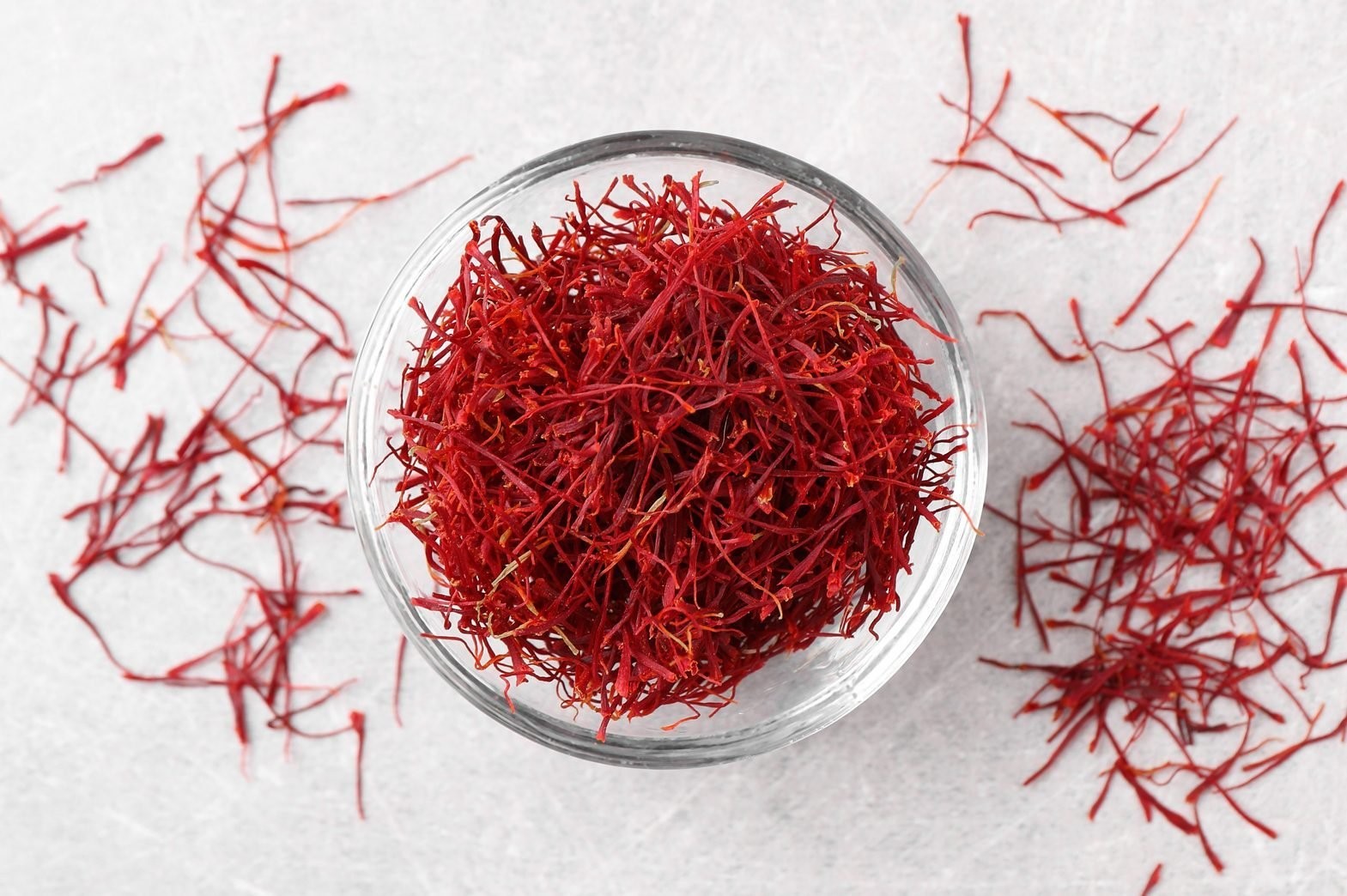A Smart Way to Grow Red Gold
Saffron, often called “red gold,” ranks among the world’s most expensive spices. Traditionally grown in specific climates like Kashmir or Iran, it has always required rich soil and cool temperatures. Today, hydroponic technology allows farmers to grow saffron without soil, unlocking new possibilities in both urban and rural settings.

This innovative method offers consistent results, higher yields, and year-round production—all while saving water and space.
What Is Saffron Hydroponic Farming?
Saffron hydroponic farming involves cultivating Crocus sativus (the saffron flower) in a soilless, nutrient-rich water system. Farmers use vertical racks, LED lighting, and precise temperature controls to simulate ideal growing conditions.
How It Works
-
Farmers place saffron corms (bulbs) in grow trays
-
Nutrient solutions feed the plants directly
-
LED grow lights provide controlled daylight cycles
-
Climate systems regulate humidity and temperature
Because of this controlled setup, farmers can grow saffron even in places with poor soil or harsh weather.
Top Benefits of Hydroponic Saffron Cultivation
Hydroponics doesn’t just make saffron farming possible—it makes it smarter. Let’s explore the key benefits.
1. Year-Round Production
Unlike traditional methods that depend on seasonal cycles, hydroponic saffron farming runs throughout the year. This leads to faster returns and steady supply, especially valuable for export-focused growers.
2. Higher Yields in Compact Spaces
Vertical farming racks allow you to stack trays and maximize output per square foot. As a result, you can grow more saffron in a smaller area—even in an indoor room or rooftop setup.
3. Water Efficiency
Hydroponic systems recycle water, using up to 90% less water than soil-based farming. This feature makes it ideal for drought-prone areas or water-conscious farms.
4. Clean, Pest-Free Harvests
Because saffron grows in a sealed environment, it faces fewer pest threats. Consequently, there’s less need for pesticides, which leads to cleaner and organic-grade saffron.
Is It Profitable to Grow Saffron Hydroponically?
Yes—and increasingly so. While the initial investment in hydroponic equipment may seem high, it pays off quickly. Just one kilogram of dried saffron can earn ₹2 to ₹3 lakh ($3,000–$4,000) on the global market.
Since you can grow multiple cycles per year, many agripreneurs find it more profitable than seasonal farming.
Who Should Start a Hydroponic Saffron Farm?
If you’re:
-
An urban grower with limited space
-
A startup looking to enter high-value agriculture
-
A progressive farmer embracing future farming trends
…then hydroponic saffron could be a smart business opportunity.
Moreover, saffron’s long shelf life and global demand make it ideal for small-scale export businesses.
Final Thoughts: Should You Invest in Saffron Hydroponic Farming?
Absolutely. Hydroponic saffron farming provides an innovative, eco-friendly, and scalable solution for modern agriculture. While traditional methods still have value, the future lies in controlled environments that maximize both quality and quantity.
So if you’re ready to tap into a high-margin crop with growing demand, saffron hydroponics might be your golden ticket.






